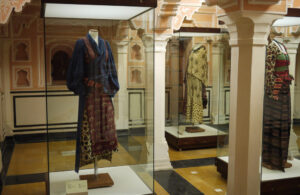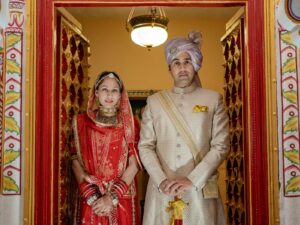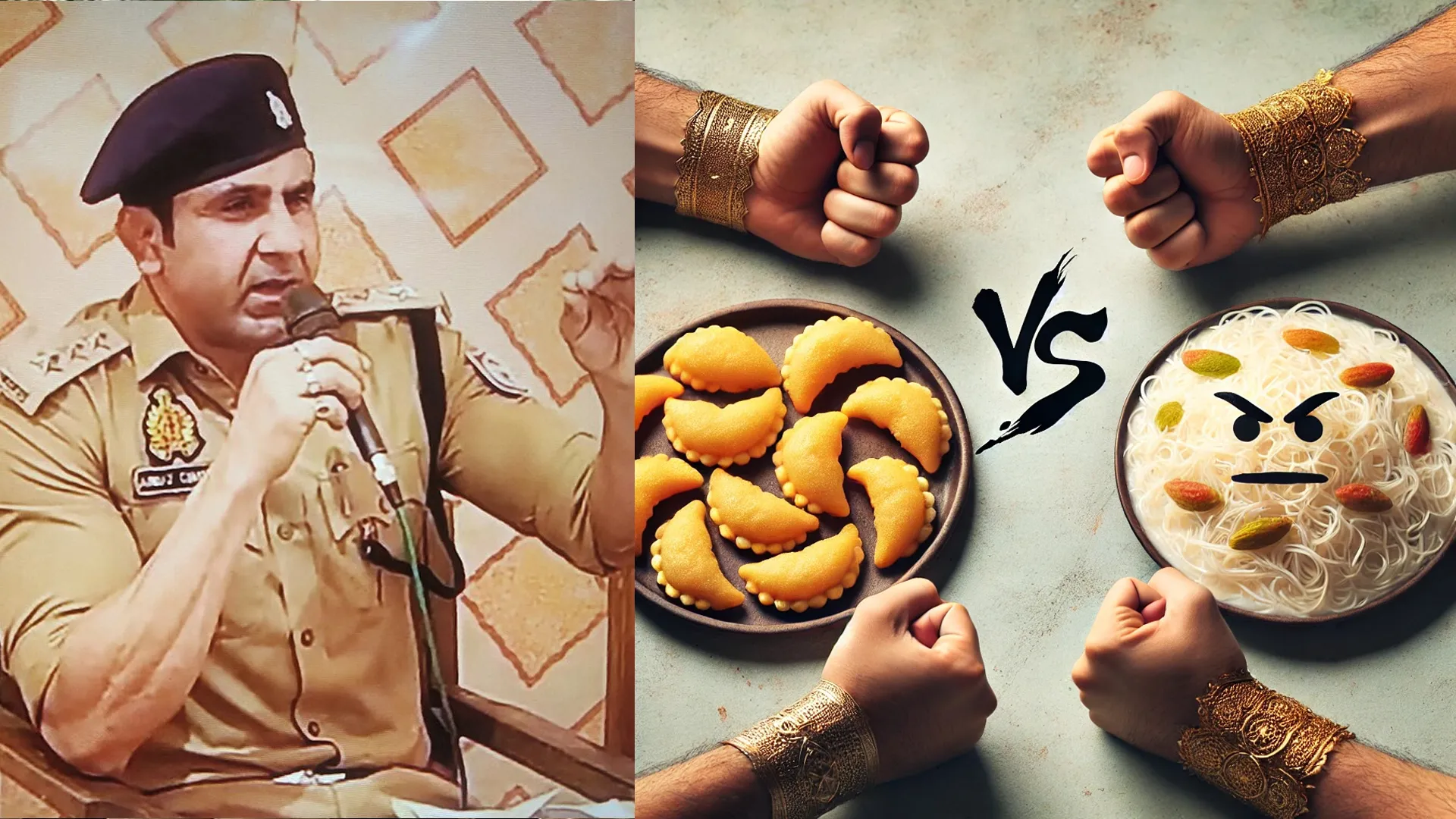In the hallowed halls of history, the garments worn by kings and queens emerge not merely as fabric, but as threads that weave the tapestry of a bygone era. Preserving these regal attires is an art that transcends time, allowing the whispers of the past to echo through the delicate folds of silk and brocade. From the resplendent robes of emperors to the intricately embroidered gowns of queens, these heritage clothes stand as silent witnesses to the opulence and cultural richness of royal lineages.




The Regal Wardrobe: A Glimpse into Royal Fashion
Tucked away in the sanctuaries of historical palaces and museums, the regal wardrobe unfolds like a treasure trove of sartorial elegance. Each garment, meticulously crafted and adorned, tells a story of its own. The robes of a king are not merely garments; they are symbols of authority, prestige, and a reflection of the era’s artistic sensibilities.
Embroidered with gold and silver threads, embellished with precious gemstones, and often woven with threads of significance, these garments were more than attire; they were the embodiment of power and lineage. The regal wardrobe, spanning centuries and dynasties, showcases a kaleidoscope of styles, influenced by cultural exchanges, regional traditions, and the ever-evolving fashion of the times.
Preservation Techniques: Protecting the Patina of Royalty
Preserving heritage clothes demands a delicate dance between conservation and display. Textiles, especially those dating back centuries, are susceptible to the ravages of time. Preservation experts employ a myriad of techniques, from controlled environments to specialized cleaning processes, to ensure that the rich fabrics and intricate embellishments withstand the test of time.
Innovative technologies, such as digital scanning and 3D modeling, are now being utilized to document these garments in minute detail. This not only aids in conservation efforts but also allows researchers and historians to delve into the nuances of design and craftsmanship, unraveling the stories hidden in the stitches.
The Symbolism Woven In: Unraveling Cultural Significance
Beyond the aesthetic allure, each garment carries profound cultural significance. The colors chosen, the motifs embroidered, and the materials used all contribute to a rich narrative that extends beyond the wearer. The royal garments often serve as visual markers of the era, reflecting political alliances, religious beliefs, and societal norms.
For instance, a queen’s attire may not only be a testament to her refined taste but also a reflection of her role as a diplomatic figure. The fabrics and symbols incorporated into her clothing could communicate allegiances, fostering connections and alliances in a world where diplomacy was as much about appearance as it was about negotiation.
From Era to Exhibit: Curating the Royal Wardrobe
The transition from royal closet to public exhibit is a delicate process that involves meticulous curation. Displaying these garments is an art form in itself, allowing visitors to step into the shoes of kings and queens, if only for a moment. Lighting, temperature control, and security measures are carefully calibrated to ensure that the garments are showcased in all their glory while safeguarding their delicate nature.
Curators often organize exhibits thematically, offering insights into the evolution of royal fashion or focusing on specific rulers and their sartorial choices. These exhibits provide a bridge between the past and present, inviting visitors to immerse themselves in the opulence of a bygone era.
The Living Legacy: Educational Outreach and Cultural Impact
Preserving heritage clothes goes beyond the confines of museums. Educational outreach programs seek to engage the public, imparting knowledge about the cultural and historical significance of these garments. Workshops, lectures, and interactive exhibits allow enthusiasts and scholars alike to delve deeper into the world of royal fashion.
Moreover, the cultural impact of these preserved garments extends to contemporary fashion. Designers draw inspiration from historical styles, reinterpreting elements of royal attire in modern creations. The fusion of tradition and innovation not only breathes new life into heritage clothes but also ensures that the legacy of kings and queens continues to resonate in the ever-evolving landscape of fashion.
Conclusion: Threads that Transcend Time
As the doors of heritage museums swing open, inviting visitors to marvel at the intricate beauty of royal garments, it becomes evident that these threads are more than mere remnants of the past. They are conduits through which history breathes, connecting the present to a time of opulence, power, and cultural refinement.
Preserving the heritage clothes of kings and queens is an endeavor that transcends the boundaries of fashion—it is a commitment to safeguarding the very fabric of our shared history. In each carefully preserved stitch lies a story waiting to be unfolded, an echo of regal grandeur that refuses to be confined to the archives of time.









